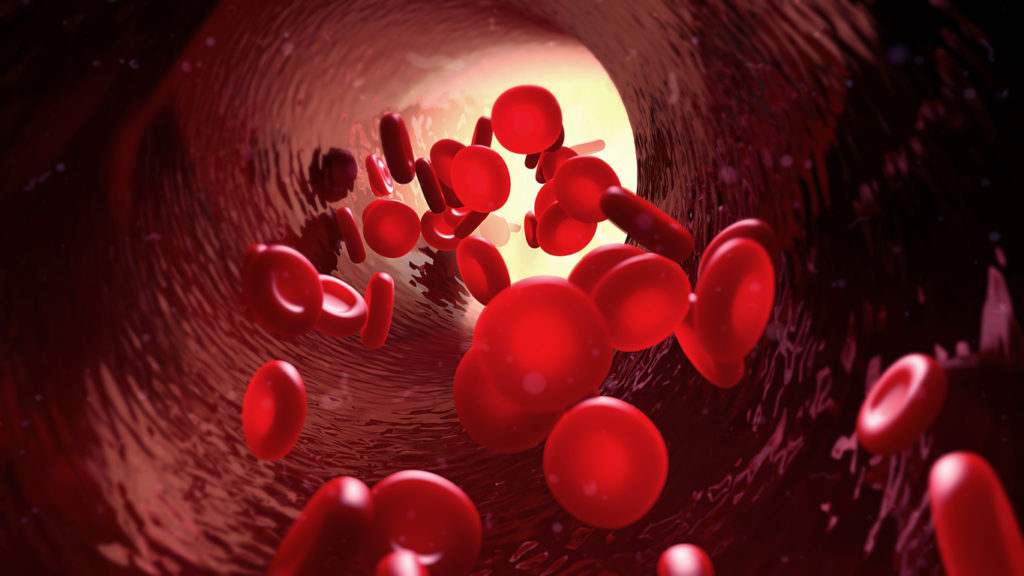Excessive bleeding is common after cardiac surgery. This may result in patients receiving a blood transfusion or suffering the life-threatening complication of cardiac tamponade. Tamponade is when excessive bleeding compresses the heart and prevents it from pumping properly. A major reason for the bleeding is the damage done to platelets by the cardiopulmonary bypass (CPB) machine. Often patients receive platelets and plasma from blood donors to try to reduce the bleeding post-operatively. The investigators plan to take platelets and plasma from patients before they are damaged. They would then return these ‘undamaged’ sequestered platelets to the patients after the bypass machine is no longer needed. Therefore, the investigators’ primary question is whether platelet sequestration would reduce the bleeding problems that occur following cardiac surgery. They will evaluate bleeding problems using thromboelastography, which provides a comprehensive assessment of both how blood clots form and their strength. If sequestration reduces bleeding problems following cardiac surgery then it may reduce the chance of patients receiving blood products from donors. Although donated blood is thoroughly tested, its use does expose patients to the risk of transfusion errors, blood borne infections and reactions. Avoiding its use would be very desirable.
Official Title
Post-Operative Administration of Platelet Rich Plasma Sequestered Prior to Cardiopulmonary Bypass Reduces the Coagulopathy Associated With Complex Cardiac Surgery.
Conditions
- Cardiac Surgical Procedures
- Cardiopulmonary Bypass
- Blood Platelet Disorders
- Blood Coagulation Disorders
Study Type
Interventional
Study Design
Treatment, Randomised, Single Blind, Active Control, Parallel Assignment, Efficacy Study.
Further Details
Hypothesis:
Patients undergoing repeat median sternotomy or requiring prolonged cardiopulmonary bypass (CPB) often develop a coagulopathy at the end of surgery. We propose sequestering plasma and platelets from these patients prior to CPB and thus prior to the dilution and platelet damage that occurs with CPB. We hypothesise that if these plasma and platelets are stored properly during CPB, and administered at the end of the operation, they will reduce any coagulopathy and the associated bleeding.
Study population:
Patients undergoing repeat median sternotomy, mitral valve repair, double valve operations, aortic surgery, or combined valve and coronary artery surgery.
Exclusion criteria will include those with anaemia, thrombocytopenia, unstable angina, anti-platelet therapy within the previous seven days, known or symptomatic cerebrovascular disease, known disorders of haemostasis, aprotinin sensitivity and pregnancy.
Intervention:
Patients will be randomised by a closed envelope technique to receive platelet/plasma sequestration or not. Patients randomised to undergo sequestration will have 14 mL/Kg blood taken. The blood will be separated into red cells and platelets/plasma. Anaemia would be prevented by returning the processed red blood cells to the patient. We will store platelets at 20-24°C/room temperature on a platelet rocker according to guidelines from the National Blood Service.
Assessment of coagulation:
Patients’ coagulation status will be evaluated before and after surgery. Four methods will be employed to comprehensively assess the coagulation system: platelet counts and conventional clotting studies; heparin levels; thromboelastography; and platelet function analyser.
Primary Outcome Measures:
- Incidence of coagulation abnormalities as assessed by thromboelastography and platelet function analyser
- [Time Frame: At end of surgery (usually <1 day)]
Secondary Outcome Measures:
- Volume of blood lost into chest drains during first 24 post-operative hours
[Time Frame: 24 hours] - Volume of blood product administered during first 24 post-operative hours
[Time Frame: 24 hours] - Length of stay in the intensive care unit (ICU)
[Time Frame: Usually < 30 days] - ICU mortality
[Time Frame: Usually < 30 days] - Incidence of surgical re-exploration
[Time Frame: Hospital admission (usually < 30 days)]
Study Start
August 2006
Eligibility & Criteria
- Ages Eligible for Study:
16 Years and older
- Genders Eligible for Study: Both
-
Accepts Healthy Volunteers:
No
Inclusion Criteria:
Adult patients undergoing cardiac surgery that involves:
- Repeat median sternotomy
- Mitral valve repair
- Double valve operations
- Combined valve and coronary surgery
- Anticipated prolonged cardiopulmonary bypass
Exclusion Criteria:
- Pre-operative anaemia
- Pre-operative thrombocytopenia
- Unstable angina
- Anti-platelet therapy (e.g. aspirin, clopidogrel) within the previous 7 days
- Known or symptomatic cerebrovascular disease
- Known disorders of haemostasis
- Aprotinin sensitivity
- Pregnancy
Total Enrolment
180
Contact Details
Contact:
Simon J Finney, MBChB, PhD (PhD)
Phone No.: 44 207 351 8528
Email:Andrea Kelleher, MBBS, FRCA
Phone No.: 44 207 352 8121
Email: a.kelleher@rbht.nhs.uk
Location:
Royal Brompton & Harefield Hospital
Sydney Street
London SW3 6NP
England
All content and media on the HealthEngine Blog is created and published online for informational purposes only. It is not intended to be a substitute for professional medical advice and should not be relied on as health or personal advice. Always seek the guidance of your doctor or other qualified health professional with any questions you may have regarding your health or a medical condition. Never disregard the advice of a medical professional, or delay in seeking it because of something you have read on this Website. If you think you may have a medical emergency, call your doctor, go to the nearest hospital emergency department, or call the emergency services immediately.







